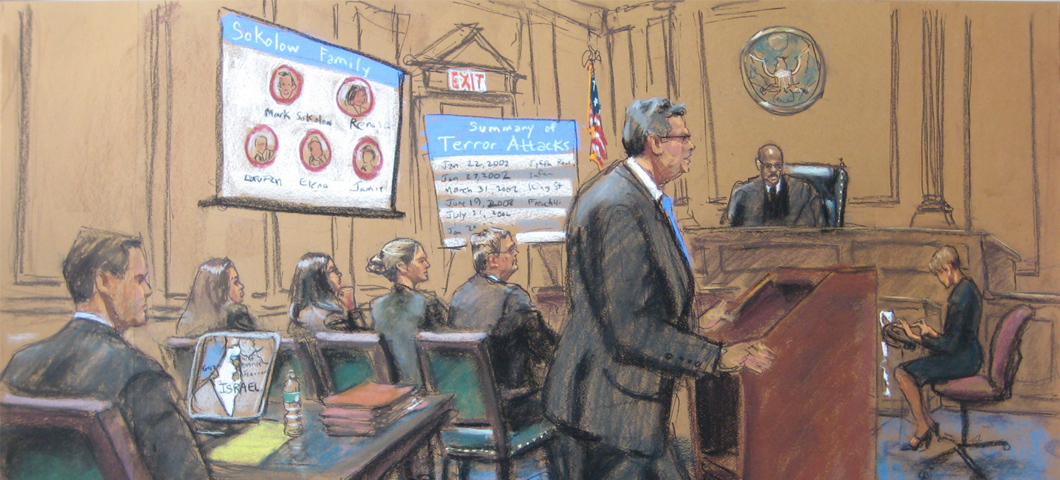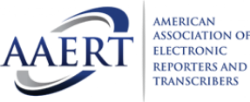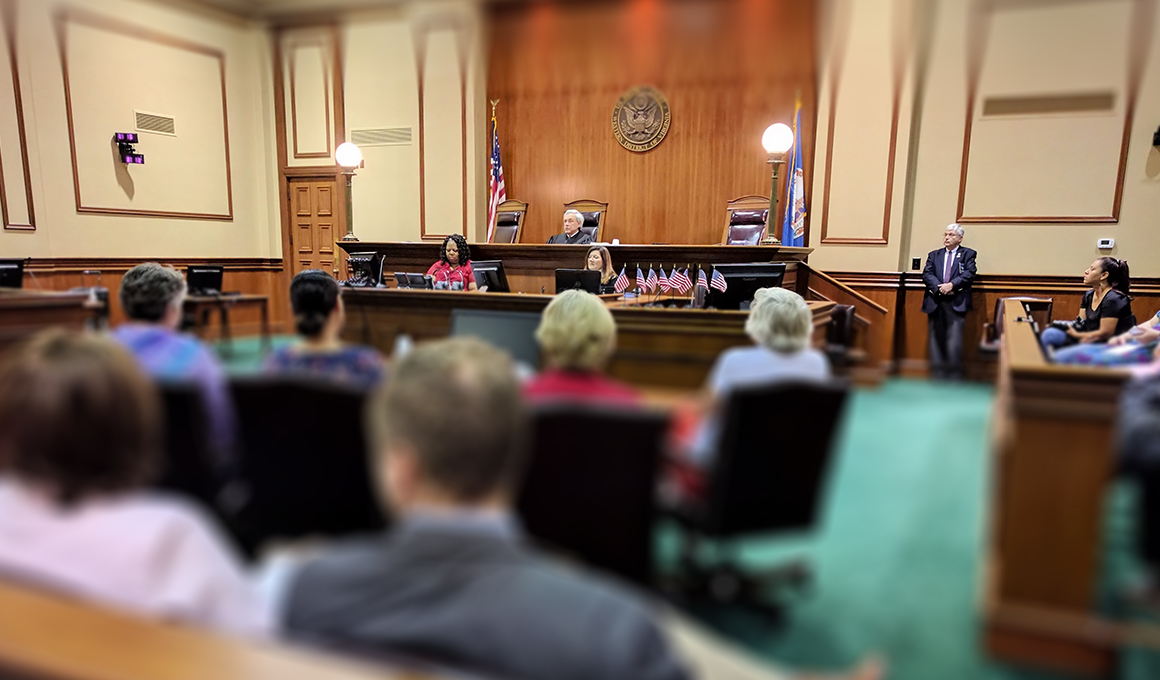How Trial Presentations Should Be Customized to Your Audience for Maximum Effectiveness
How Trial Presentations Should Be Customized to Your Audience for Maximum Effectiveness
Blog Article
Exactly How Reliable Test Presentations Can Win Your Case
The effectiveness of trial discussions is frequently ignored, yet they play a critical role in forming juror assumptions and influencing instance outcomes. As we explore the parts that contribute to a compelling trial discussion, the question stays: what details approaches can lawyers employ to ensure their message not only reverberates but additionally forces activity?

Recognizing Your Target Market
Comprehending your audience is important for delivering an efficient test discussion. Knowing who will certainly exist in the court-- jurors, courts, and opposite counsel-- permits you to tailor your message in a means that reverberates with them. Each group has distinct expectations, prejudices, and histories, which can dramatically affect their perception of the case.
For jurors, it is vital to consider demographics, life experiences, and cognitive predispositions. Jurors may come from different professions and social histories, affecting their interpretation of proof and arguments. Engaging with them via relatable examples and clear, uncomplicated language can cultivate far better understanding and compassion.
Juries, on the other hand, concentrate on lawful requirements and step-by-step integrity. Presentations need to be succinct and grounded in the legislation while valuing court room decorum. Recognizing the court's choices and past rulings can further improve your technique.
Efficient communication pivots on recognizing these differences and readjusting your discussion design as necessary (trial presentations). By anticipating the audience's reactions and addressing their issues, you can develop an extra persuasive story that captivates focus and promotes positive results
Crafting an Engaging Story
A well-crafted story acts as the backbone of a reliable test presentation, guiding the audience through intricate details while stimulating emotional responses. This narrative needs to start with a clear and interesting introduction that establishes the stage, laying out the crucial styles and problems at stake. Establishing a relatable protagonist-- usually the client-- can create a personal connection with the jury, attracting them right into the tale.
The body of the narrative must present the facts in a rational series, weaving with each other evidence and testament to construct a cohesive disagreement. Each item of info need to sustain the overarching style, strengthening the preferred message without overwhelming the audience with unneeded information. Change phrases can be especially effective, helping to maintain flow and maintain the court involved.
Ultimately, the final thought ought to reverberate mentally, summarizing the situation's value and prompting the jury to take action via their decision. By crafting an engaging story that is both organized and emotionally resonant, lawyers can successfully convey their instance's advantages, making it much easier for jurors to comprehend and remember the bottom lines long after the trial concludes. This strategy not only informs but additionally persuades, enhancing the chance of a beneficial end result.
Making Use Of Aesthetic Aids Successfully

Visual aids play a vital function in enhancing trial discussions, transforming complex information into easily accessible info that jurors can quickly comprehend. By using graphes, graphs, layouts, and multimedia elements, attorneys can clear up intricate points and retain jurors' attention. Visual aids promote the understanding of evidence, making abstract principles substantial and relatable.
When choosing aesthetic aids, importance and simpleness are paramount. Each aesthetic ought to directly support the case narrative click for more and strengthen vital disagreements without frustrating the audience. Overly intricate visuals can take away from the message, creating confusion instead of clearness.
In addition, the critical positioning of aesthetic help throughout presentations is essential. They should be introduced at turning points to emphasize essential evidence or to highlight substantial modifications or patterns. This timing enables jurors to process details properly, boosting retention and recall throughout deliberations.
Moreover, it is vital to make sure that visual help are technically compatible with the courtroom environment. Experience with the equipment and a back-up strategy can protect against technological problems that might interrupt the circulation of the discussion. In recap, efficient use of visual help can dramatically bolster a trial presentation, resulting in a stronger link with the court and an extra convincing situation generally.
Engaging Feeling and Compassion
While offering factual evidence is essential, engaging emotion and compassion in test presentations can exceptionally influence jurors' perceptions and decisions. Jurors are not just decision-makers; they are people who reply to stories that resonate on an individual level. By weaving emotional aspects right into the discussion, lawyers can create a link that transcends mere data and lawful jargon.
Storytelling is an effective tool in this context. By offering look at here now the situation as a narrative that highlights the human effect of the occasions in concern, attorneys can evoke sensations of concern, rage, or even are afraid - trial presentations. These emotions can dramatically sway jurors, making them more most likely to feel sorry for the plaintiff or accused

Ultimately, a trial discussion that successfully engages feeling and empathy can produce a compelling debate that reverberates deeply, leading jurors to feel an individual risk in case, thus raising the possibilities of a desirable decision.
Practicing Shipment Strategies
Engaging emotion and empathy lays a strong structure for test presentations, but the effectiveness of these elements depends upon the shipment strategies employed by the attorney. Mastering shipment methods is crucial for ensuring that the message resonates with the jury. This includes practicing tone, speed, and body movement to improve reputation and link with the target market.
Practicing the presentation multiple times allows lawyers to improve their design and recognize locations for renovation. Recording practice sessions can provide important insights right into one's nonverbal signs and singing inflections, assisting to get rid of distracting habits. In addition, soliciting responses from peers can highlight toughness and weak points, guiding additional refinement.
Effective use stops can additionally be an effective technique; they allow the jury to soak up essential details and increase emotional influence. Lawyers must likewise bear in mind eye contact, as it cultivates depend on and interaction with jurors.
Ultimately, the mix of practiced delivery strategies and the emotional resonance of the discussion can substantially influence the court's understanding, developing an engaging case that stands out click resources in their minds. The power of well-executed distribution can not be overstated in the search of a positive verdict.
Final Thought
In recap, efficient test discussions are pivotal in influencing juror decisions. Understanding distribution techniques even more magnifies these components, ultimately contributing to a persuasive situation discussion.
Report this page